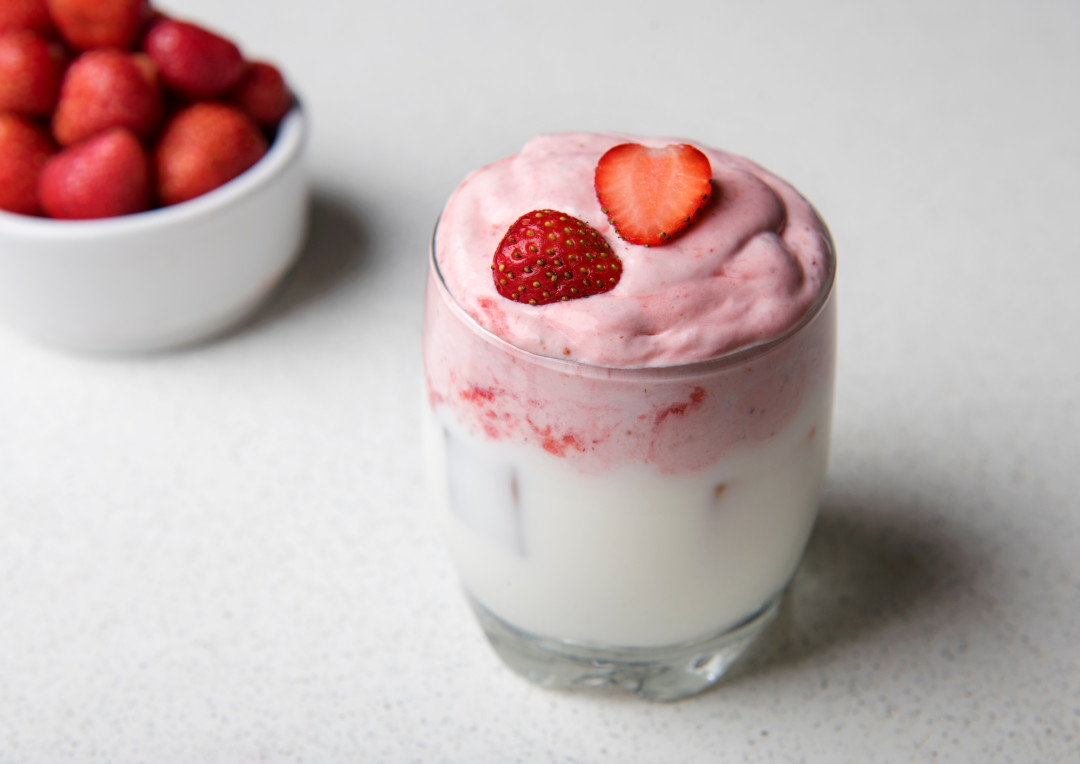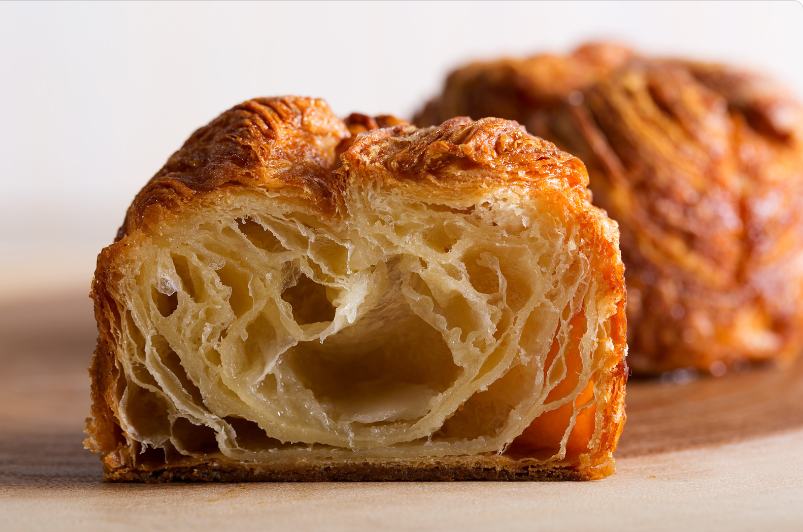
Dairy ingredients and texture: formulation challenges
Creamy, firm, smooth… Texture corresponds to all the rheological properties of a food. A central issue in R&D, texture is one of the key aspects of the organoleptic quality of food. When it comes to dairy ingredients and texture, what solutions exist to help manufacturers meet the expectations and needs of their consumer targets?
Clean label: dairy ingredients and texture – what is the best option?
Clean label: a must for consumers, a headache for manufacturers
In response to consumer enthusiasm for clean label products (i.e., products with a simple composition, transparency concerning ingredients, the elimination of controversial substances in foodstuffs, etc.), manufacturers are called upon to adapt. The objective: reformulate their recipes with more natural alternatives, while preserving the organoleptic qualities of the product.
Dairy proteins: natural texturizers and emulsifiers
From the perspective of the clean label reformulation of recipes, dairy proteins appear to be ideal solutions. They have natural texturizing and emulsifying properties.
Dairy proteins have natural texturizing and emulsifying properties
Each of them possess their own specificities and can be used to meet different needs:
-
-
- Caseins withstand heat treatments while maintaining a fluid texture but coagulate under the effect of acidification or the addition of rennet.
- Conversely, whey proteins coagulate at relatively low temperatures but retain a fluid texture when acidified. They also act as emulsifiers, meaning they can be used in the design of “clean label” mousses or ice creams, for example.
-
Dairy proteins can therefore be used to obtain a wide range of textures. Moreover, they can be used alone or combined to adjust the texture. And it is also possible to play with the process to adapt the texturizing effect to specific target needs.
Based on these dairy ingredients, Lactalis Ingredients has recently developed “clean label” concepts for high-protein drinks, cream desserts and custards.
Dairy fats and textures
As for dairy ingredients and texture, fats also have their role to play. The quality of the fat used can have a major impact on the texture of the product into which it is incorporated e.g., affecting the crispness and regularity of puff pastry or the softness, and homogeneity of pastries. To ensure gourmet finished products that meet consumer expectations, the production parameters of butter must be perfectly controlled. A butter with a homogeneous aspect and a cohesive texture will be perfectly suitable to produce puff pastry or croissants, for instance.
It is also possible to produce a butter with a flexible texture by experimenting with crystallization processes, or by adding liquid or solid fractions. It should be noted that the texture of butter varies naturally during the year because it depends, among other things, on the composition of the cows’ feed!

The quality of the fat used can have a major impact on the texture of the product
Textures adapted to the needs of different targets
Dairy ingredients and textures adapted to seniors
Dairy ingredients are an excellent solution to fight against the risks of undernourishment and malnutrition affecting the elderly. These risks can be explained by a combination of two factors. On the one hand, their protein needs are increased, and on the other, they suffer the effects of ageing: loss of appetite, chewing and swallowing problems, digestive disorders, etc.
To fight against the risk of undernutrition in the elderly, Oral Nutritional Supplements (ONS) appear to be an optimal solution. They certainly possess the advantage of providing a high caloric and protein density in a small quantity. However, there is a problem of texture with these very high-protein products. Indeed, their high nutrient density increases their viscosity, which reinforces the feeling of satiety in patients and reduces the quantity ingested by the patient.
Lactalis Ingredients is actively engaged in efforts to improve and diversify the ONS offer for clinical nutrition. The native proteins of our Pronativ® range can be integrated into your ONS formulations to improve their texture in various matrices.
-
-
- Pronativ® – Native Micellar Casein: a slow-digesting protein that decelerates protein catabolism during fasting. It is beneficial for bone health thanks to its richness in bioavailable micellar calcium, and thus helps prevent osteoporosis. Its casein content is ideal for the formulation of low viscosity, high protein density ONS.
-
-
-
- Pronativ® – Native Whey Protein: a rapidly digested protein with key health benefits in the development of nutritional products for the elderly. It stimulates muscle synthesis and improves muscle function. A particularity of this ingredient is its ability to be used at acidic pH, which opens up possibilities for new ONS formats (e.g., clear fruit drinks, high-protein gel, etc.).
-
Dairy ingredients and texture: what about treats?
Texture is a fundamental element to consider when formulating treats. Texture is one of the main preoccupations of pastry, confectionery and bakery products manufacturers. Nothing is left to chance: a supple, airy, crispy texture, a golden color… How can we make the delicacy even more appetizing and convey the authenticity of milk and dairy products?
Texture is one of the main preoccupations of pastry, confectionery and bakery products manufacturers
To help you, Lactalis Ingredients offers a complete range of dairy ingredients, which meet most technical and organoleptic requirements.
-
-
- Our whey proteins will allow you to replace the mixture of thickeners and texturizing agents (e.g., guar, xanthan) classically used in your ice creams to optimize the delay in melting and to improve the creaminess.
- In pastry and viennoiserie, whey powders can improve texture thanks to their foaming properties, and can even replace the functionality of eggs. Buttermilk powder provides a soft and airy texture, while butter makes foods soft and crispy.
-
Specialists in viennoiserie: discover our 82% textured butter, known for their regularity and cohesive texture for regular and crispy puff pastries!
The final texture of a product is therefore the result of the combination of the intrinsic properties of the ingredients, the interactions between these ingredients and the impact of the process. To optimize the use of ingredients as texture agents in your formulations, 3 aspects must be considered: the target texture, the pH of the finished product and the heat treatment used during the process.















